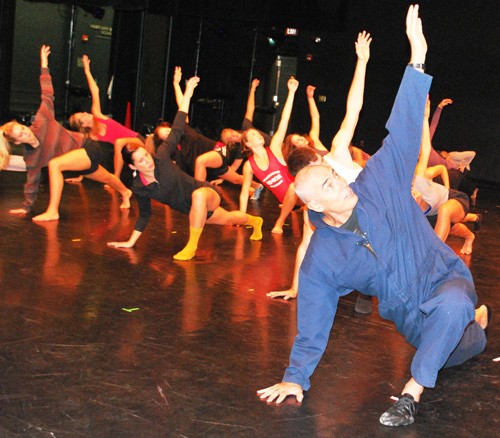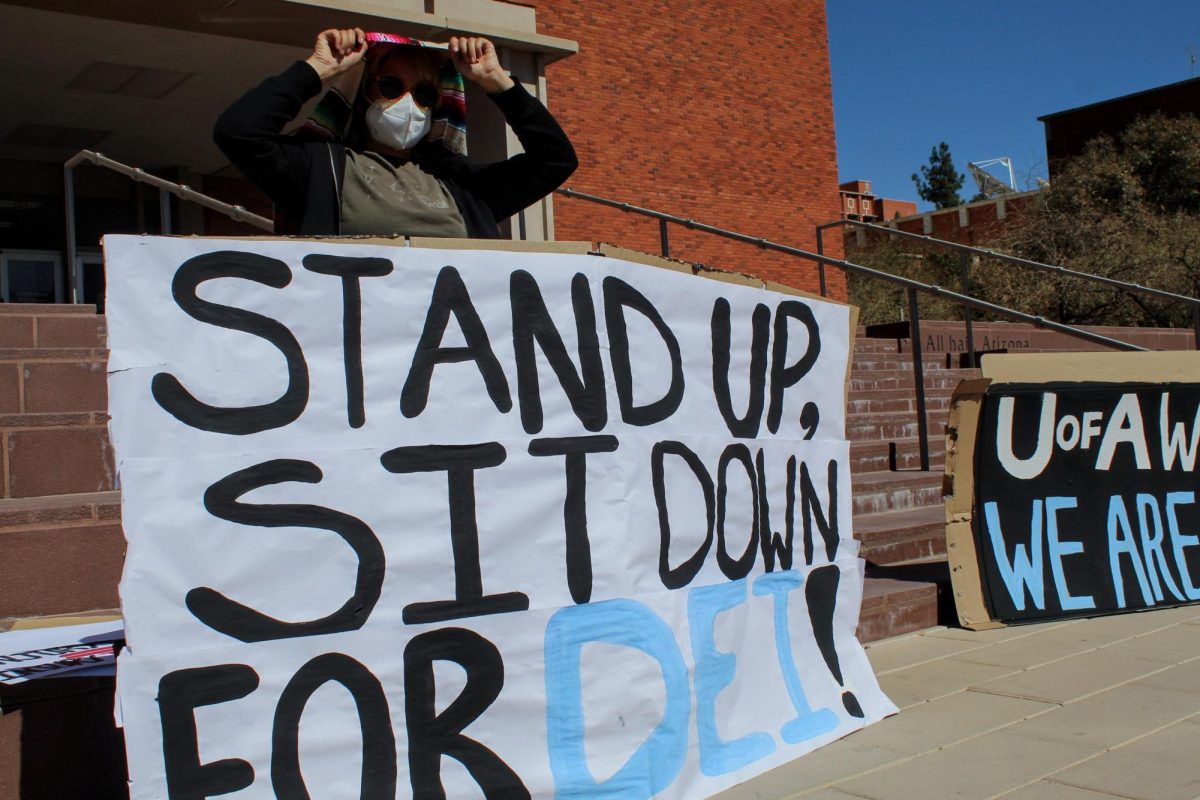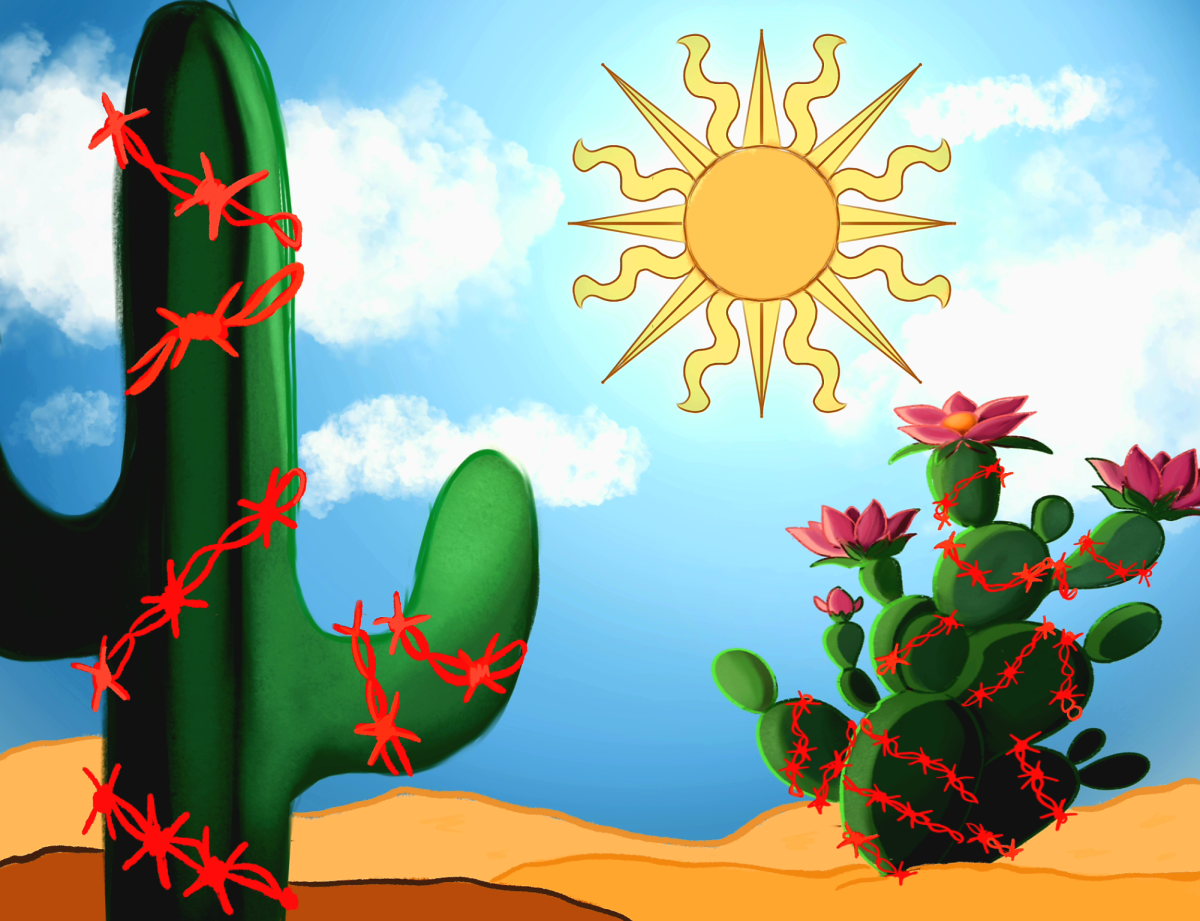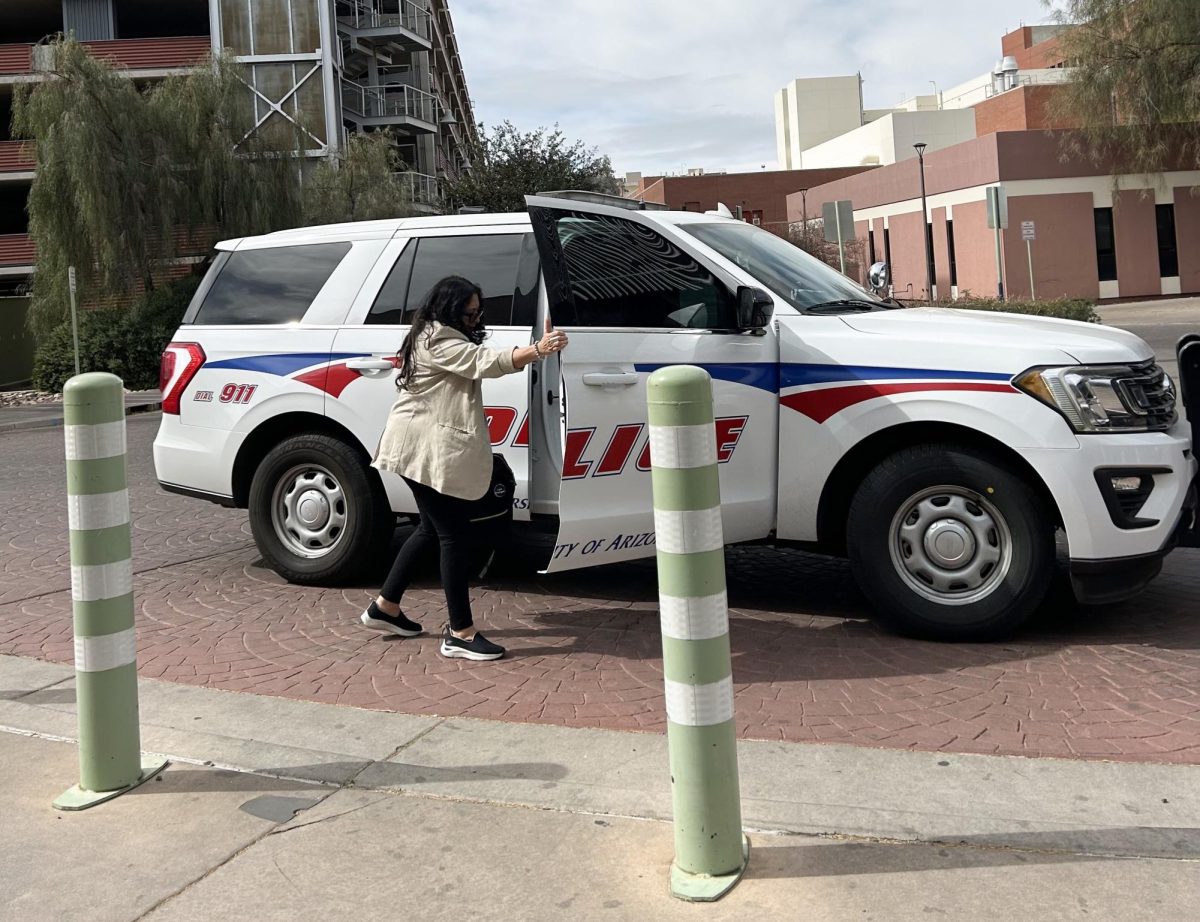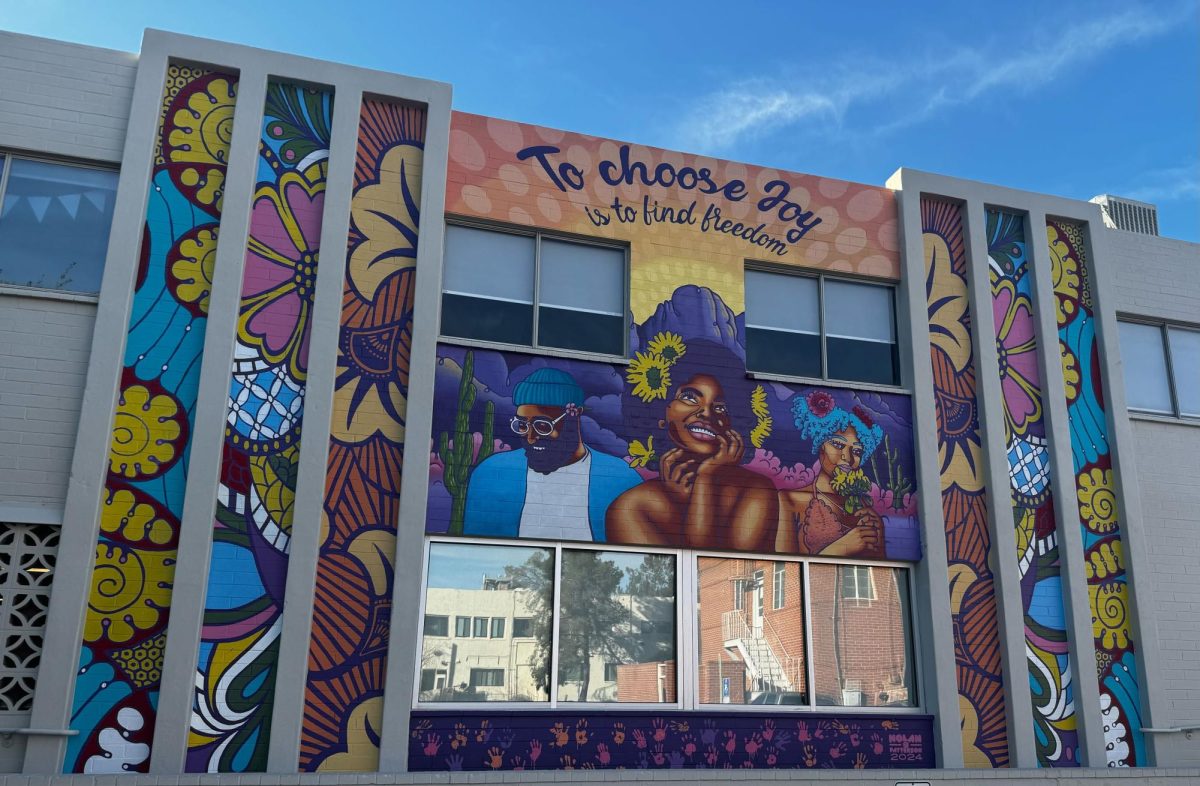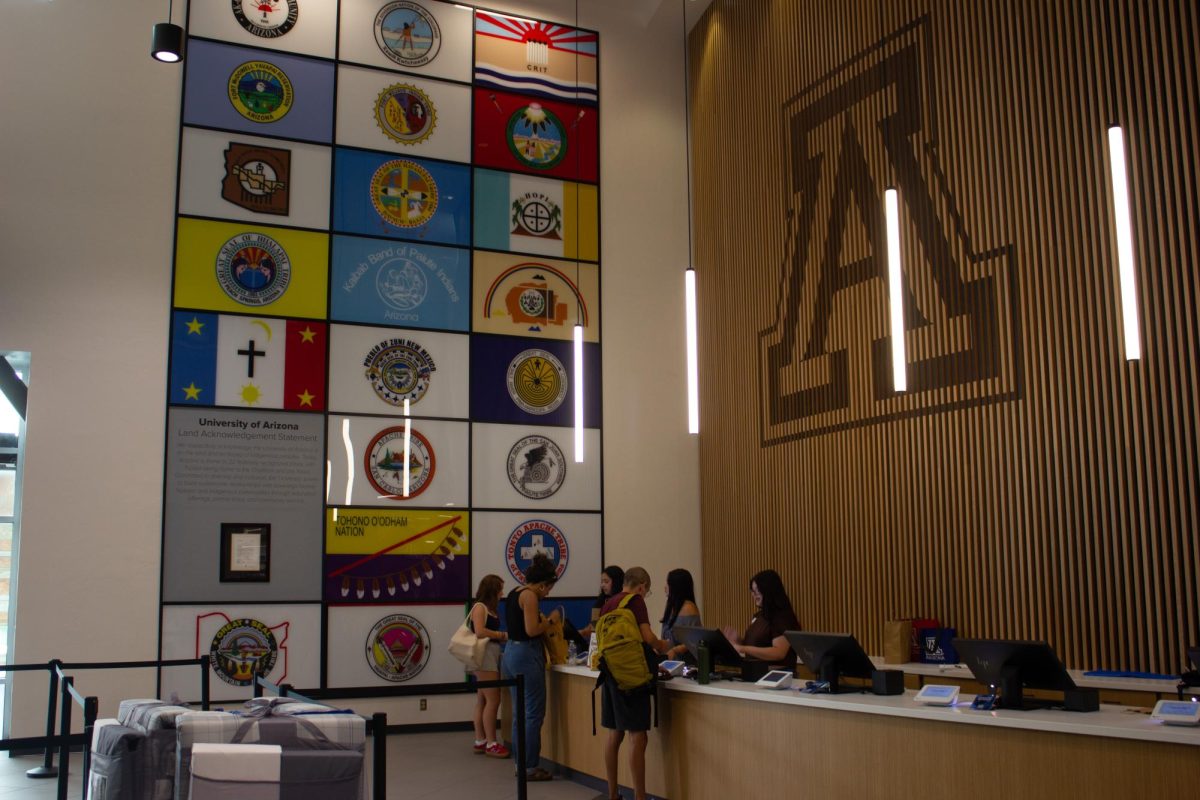“”Everyone Has a Story”” is a weekly segment in the Arizona Daily Wildcat aiming to tell the story of an interesting person on the UA campus. This week, the Daily Wildcat interviewed Doug Nielsen, a professor of dance at the UA.
Nielsen has shared his teaching philosophy around the world and at more than 40 different universities.
“”A good teacher should become unnecessary,”” he said. “”That is something that I believe in. That is my main philosophy. I am teaching everything I know. I am not holding back. There are no secrets. This is it. This is who I am. This is what I know. This is everything.””
Throughout his life, Nielsen has worked for the American Dance Festival, the Rockefeller Foundation, and the U.S. Department of State, which would send him around the world.
“”I have been to China a number of times,”” he said. “”I have been to Russia, Lithuania, Latvia, Estonia, Mongolia, and Czechoslovakia when it was Czechoslovakia. I have taught internationally, and by teaching internationally you find out that we are all humans, we are all people.””
By traveling, Nielsen has been able to incorporate his experiences into his dances.
“”I think you are influenced,”” Nielsen said. “”You can’t help but be influenced wherever you are, especially in choreography … If you really have your antennas up, things are going to start to channel into your work.””
When the Berlin Wall came down in 1989, Nielsen began teaching modern dance in post-communist countries.
“”I was lucky to go during the early part of the Berlin Wall coming down because there was no Starbucks, American Express, and there was no standard culture,”” he said. “”The food smelled different, people talked different, accessories were different and they didn’t read the same magazines that we read.””
Nielsen also spent several months in China.
“”I went to China for three months, and that was to start a modern dance company,”” he said. “”That was just before Tiananmen Square … It was like a workshop situation where I would go into a ballet company and teach them modern dance. Most all the ballet companies in Eastern Europe are Russia trained. So now, again I am unnecessary. Now they found their own voice. That was basically my mission. Not to teach them what I do, but to teach them free thinking. They have redefined dance in their own way. They are not imitating me.””
The “”experiment”” became known as the Guangdong Modern Dance Company, which still exists.
Nielsen was able to use his passion for dance in Israel where he danced in the Batsheva Dance Company.
“”Israel to me has always been a fascinating place because of the fact that they embraced modern dance early on,”” he said. “”I never saw anything dangerous … I remember sitting in with the carpet dealer for four hours drinking Turkish coffee and him saying the carpet was $500. Then he would say ‘You say, you say,’ and I said $5. Then we’d laugh and then I would end up spending all my salary on a carpet. Jerusalem, to me, was an ancient city, and at the same time it was almost like a city of the future because you have the Christians, the Muslims and the Jews all together.””
In addition to his travels, Nielsen has also enjoyed collaborating with the UA’s School of Art, the School of Music and the College of Architecture and Landscape Architecture. Recently, he choreographed a dance at the Tucson Museum of Art where he changed the concept of a typical stage performance.
“”I had 24 dancers dance in what they call the ‘well gallery,'”” he said. “”The audience was seeing a dance from above and that was the first time that I think most people have seen a dance from above … Here, they were in the light, in the space looking overhead and they were part of the performance. That kind of project excites me.””
Nielsen worked in New York for 25 years, Hollywood for 10, and has now worked at the UA for five.
“”Dance for me was never a job,”” Nielsen said. “”It’s who I am. It’s a life. Even working here, I don’t feel like it’s a job. It’s just what I do.””



